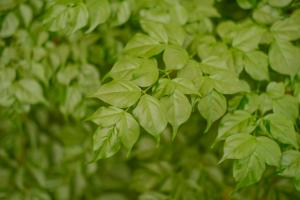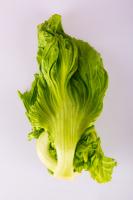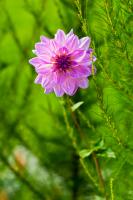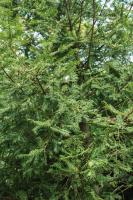What Are Rubber Tree Plants Used For
Rubber tree plants, also known as the Hevea brasiliensis, are native to the Amazon rainforest but have now become a common plant in tropical countries worldwide. While these trees are well known for their ability to produce rubber, they also have other uses that many people may not know about.
Production of Rubber
One of the primary uses of rubber tree plants is for the production of rubber. The trees produce a white, milky sap called latex, which is collected by making a small incision in the bark. This latex is then processed to produce natural rubber, which is used in a wide range of products, such as tires, gloves, clothing, and even condoms.
While synthetic rubbers are now widely used, natural rubber remains an essential material that is valued for its high elasticity, resilience, and strength.
Environmental Benefits
Rubber tree plants also offer several environmental benefits, especially in tropical areas where they thrive. These trees are known to absorb carbon dioxide from the atmosphere, making them an effective tool for combatting climate change. They also help to prevent soil erosion, provide shade and shelter for wildlife, and play a crucial role in maintaining the ecological balance of the rainforest.
Moreover, an acre of rubber trees can produce oxygen for eighteen people, which shows that they not only help reduce carbon dioxide levels but also enhance the oxygen balance in the ecosystem.
Medicinal Use
Another lesser-known use of rubber tree plants is for medicinal purposes. The latex obtained from the trees contains compounds such as plant sterols, tannins, and flavonoids, which have potent antioxidant and anti-inflammatory properties. These compounds have been found to be effective in treating various health conditions, such as arthritis, inflammation, and respiratory diseases.
The latex of rubber tree plants is also used as a natural adhesive in medical applications, such as wound dressing and surgical gloves.
Wood Production
While the primary purpose of rubber tree plants is for rubber production, the wood obtained from these trees is also highly valued. The wood is durable, lightweight, and resistant to decay, making it an ideal material for construction, furniture, and even musical instruments.
The wood of rubber tree plants is light in color and has a fine grain, which makes it an attractive option for decorative purposes. It is also used to make pulp and paper products such as newspapers, magazines, and notepads.
Conclusion
Overall, rubber tree plants are a versatile and valuable resource with several uses beyond their primary purpose of rubber production. From environmental benefits to medicinal applications, these trees offer a range of uses that make them an essential plant species in many parts of the world.
While the global demand for rubber continues to increase, it is essential to ensure that rubber tree plantations are managed in an environmentally sustainable way that supports the needs of local communities and preserves the biodiversity of the rainforest.

 how many times do yo...
how many times do yo... how many planted tre...
how many planted tre... how many pine trees ...
how many pine trees ... how many pecan trees...
how many pecan trees... how many plants comp...
how many plants comp... how many plants can ...
how many plants can ... how many plants and ...
how many plants and ... how many pepper plan...
how many pepper plan...































